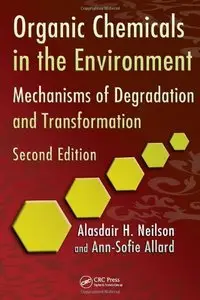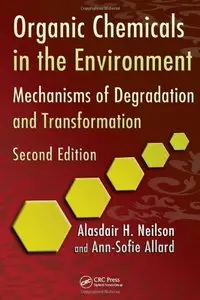Alasdair H. Neilson, "Organic Chemicals in the Environment: Mechanisms of Degradation and Transformation, Second Edition"
English | ISBN: 1439826374 | 2012 | PDF | 1018 pages | 18.4 MB
English | ISBN: 1439826374 | 2012 | PDF | 1018 pages | 18.4 MB
Addressing the persistent environmental threat of organic chemicals with a fresh approach to degradation and transformation processes, Organic Chemicals in the Environment: Mechanisms of Degradation and Transformation, Second Edition examines a wide range of compounds as well as abiotic and microbiological reactions mediated by microorganisms. The book emphasizes the pathways used and the broad classes of enzymes involved. It provides an overview of experimental procedures with detailed coverage of the organic compounds that are considered to be xenobiotics.
The book begins by providing a broad perspective on abiotic and biotic reactions, including the significance of a range of environmental determinants. The following chapters briefly introduce experimental procedures and emphasize those procedures for establishing the structure of metabolites using isotopes and physical methods. Next, the authors outline details of biochemical reactions involved in the biodegradation of the major groups of aliphatic, carbocyclic aromatic, and heterocyclic compounds. They end with coverage of bioremediation that has attracted increasing concern because of the hazard presented by the disposal of unwanted chemicals or by-products from their manufacture.
Broad and comprehensive, this book provides a cohesive treatment of the subject. It contains an extensive set of literature references and numerous illustrative figures. The authors use a mechanistic approach with emphasis on the pathways, and the principles that emerge provide a guide not only for specific compounds but also for those having a more remote structural resemblance.



